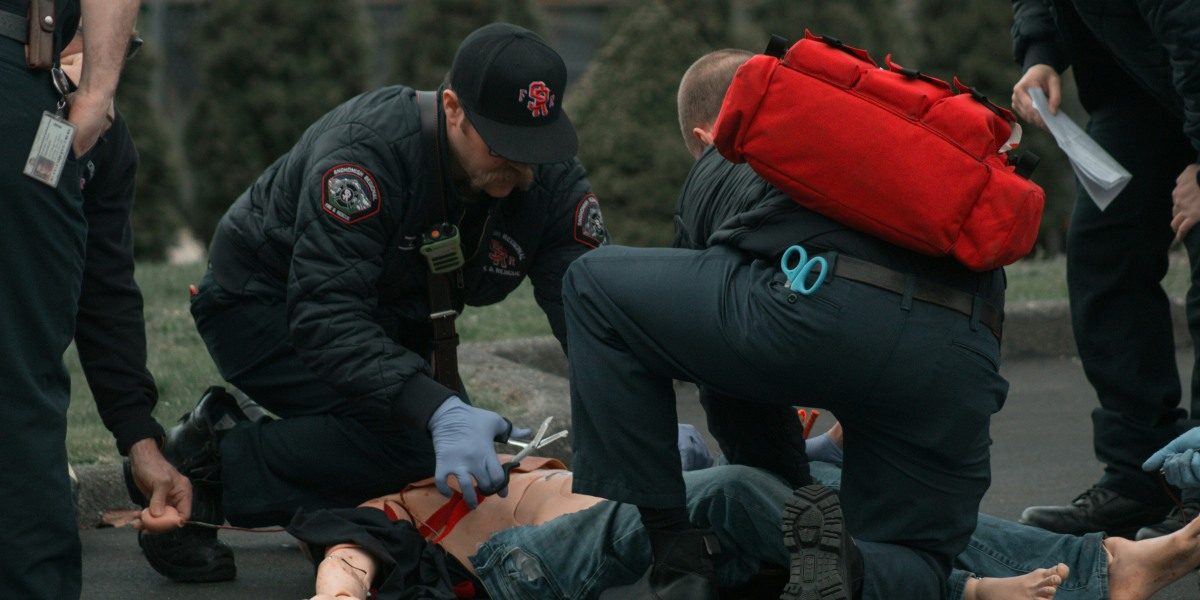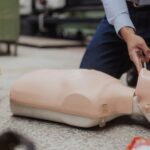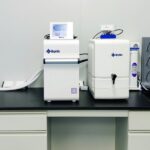You’re helping at a weekend food drive when a visitor suddenly faints—and you realize you’re not sure what to do beyond calling for help. That moment is common for community volunteers, as getting certified in CPR can be greatly beneficial to those around you. A 2025 study published in Resuscitation Plus found that bystander CPR was performed in 82.2% of nursing home cardiac arrest cases, contributing to improved survival outcomes.
That’s why knowing how to get CPR certified as a volunteer is so important. This guide walks you through exactly where to train, which certifications nonprofits recognize, and more, so the next time someone needs you, you’ll know what to do and feel ready to act.
What is Cardiopulmonary Resuscitation and its Certification
Immediate CPR is a lifesaving technique used when the heart and breathing stop. A trained CPR responder performs chest compression on the victim and prolongs the chance of successful resuscitation until medical help arrives, and can double or triple the chances of survival. CPR training equips you with the skills and knowledge to assist people of all ages during cardiac emergencies. CPR is a vital component of the “Chain of Survival,” which encompasses recognizing cardiac arrest, providing CPR, administering swift defibrillation, receiving advanced medical care, providing post-arrest care, and facilitating recovery.
CPR Certification confirms that an individual is trained to perform high-quality CPR and emergency response skills in adult, pediatric, and infant CPR techniques. It includes the AED use, based on standards set by the AHA. It verifies proficiency in fulfilling workplace or regulatory requirements and readiness to save lives in emergencies.
Why CPR Certification Matters for Volunteer Safety
Many non-profit organizations work directly with the vulnerable population prone to medical emergencies, such as the elderly and disabled people. Like any other emergency, a sudden cardiac event requires CPR-certified volunteers on-site who can help to increase the likelihood of a positive outcome.
Community Outreach and Public Image
Equipping volunteers with CPR certification empowers them to act quickly and effectively during sudden cardiac arrest, demonstrating their commitment to the community through trust and credibility, thereby upholding the reputation of a caring entity.
Events, Activities, and Safe Environments
Workshops, fundraising, and open spaces like shelters demand CPR-trained individuals for fast, effective intervention for cardiac arrest.
First Responders and Disaster Support
Volunteer and professional personnel respond quickly, and CPR training forms the foundation of providing expedient and effective care in emergency situations.
Leadership and Beneficiary Training
Organizations conduct CPR training through leading by example, promoting safety, planning, and higher levels of community involvement that build broader resilience.
Team Wellness, Cohesion, and Resilience
Through CPR training, it also creates teamwork, confidence, and accountability, introducing cohesion and a common perception of safety awareness.
How to Tailor CPR Training to Non-Profit Needs
When deciding which cardiac emergency certification type to pursue and how to obtain CPR certification, consider your personal goals, expertise, and industry requirements. For volunteers and staff in non-profit organizations, CPR Certification may be a good choice. Meant for people who want to learn to perform basic lifesaving techniques for sudden cardiac events until medical help arrives.
You can consider the following key pointers to tailor CPR training and customize with accuracy by being specific to the needs of a non-profit organization:
Scenario-Based Training
CPR training can be adapted to fit the emergencies the organization deals with. For example, those working with children concentrate on pediatric CPR and choking. They also practice cardiac arrest training, so they can act swiftly when faced with life-threatening emergencies.
Population-Specific Training
Training can also be adapted to the health challenges the organization serves to ensure they are effective and efficient in meeting those challenges. This includes the management of asthma, seizures, or diabetic emergencies.
What are the Steps to CPR Certification for Volunteer Safety
You will now know how to get CPR certified through a straightforward way; Just go through the three stages detailed for you in the following ways:
Step 1: Choose Your Ideal Course
Now that you know that adult and pediatric CPR addresses a wide range of emergencies, make sure to receive a certification from an accredited and credible CPR provider aligned with the guidelines of the AHA.
Such education not only equips you to deal with cardiac arrest, but also extends beyond other life-threatening situations, such as the use of an AED. It inspects the electrical impulses of the heart and, if necessary, delivers a shock after AED prompts and pad placement, restoring the heart’s rhythm.
Your CPR certification will also teach the Heimlich maneuver for adults and children and the methods to clear an infant’s airway, thus you will be in a position to respond promptly and avert a disaster.
Step 2: Finish Training and Assessment
CPR training can be availed through various formats, designed to meet the different preferences and timings of the learners through flexible and effective course options:
In-Person: Instructor-led classes typically include lectures and practice sessions, which are perfect for learners who want direct guidance and the ability to get feedback from the instructor immediately.
Online: These are self-paced courses that teach CPR basics and emergencies but do not include a check for the hands-on skills of the students; thus, they cannot be used for certification in the workplace.
Blended Learning: This method allows one to study online and then gives the flexibility to come for the practice session, and the skills are verified by a certified instructor.
Step 3: Get Certified
After successful completion, one official certification in adult and /or pediatric CPR is usually issued on the same day, which is valid for two years. This is a certification of your CPR training and indicates that you are the person who is capable of handling the situation effectively.
A CPR certification should be renewed every two years if one wants to be in line with the requirements of emergency response programs.
How to Access Low-Cost CPR Training
Non-profit volunteers can acquire CPR training for a very low cost through different resources. These choices eliminate money as a barrier to obtaining CPR certification in the following ways:
- Partnering with local training providers, fire departments, or CPR-certified instructors.
- Leading heart associations in the U.S organize free or subsidized CPR training sessions through grants and funding programs.
- A few states, for instance, California, offer free community CPR training supported by the government.
- Large non-profits can conduct in-house training sessions, investing in a few staff members or new volunteers, reducing long-term costs.
- New staff and volunteers can incorporate CPR training during onboarding.
Tips for Enhanced Certification Process for Safety Volunteers
-
- A nonprofit organization is ideal for an online CPR certification because it is a low-cost, flexible mode of learning. Training is done quickly, in a credible manner, without pausing normal operations.
- Good Samaritan laws protect you when you carry out CPR by lessening the worry of doing something wrong or facing legal consequences. You must know your rights as a rescuer.
- Regular CPR exercises, refresher courses, and skill checks are the means to maintain their readiness, confidence, and capability based on the latest CPR guidelines.
- Volunteer recruitment gets better with CPR training, as it is a useful skill and elevates the volunteer’s confidence, making their level of commitment to the cause higher.
Learn CPR, Strengthen Community Safety
CPR certification is a great tool that can allow volunteers to keep people alive, earn more trust, and make the safety of the nonprofit organization more solid. You learned how to get CPR certified in just three easy stages of training, followed by the certification. Volunteers can customize their training, select certified courses, and maintain their skills by taking refresher courses regularly. There are affordable options that are convenient for everyone. Take an online CPR course and give your nonprofit the power to save lives in the community.
Disclaimer: The information provided in this article is for general educational purposes only. It is not intended as medical advice. Always seek professional medical assistance in case of emergencies. Certification and training programs should be selected based on local regulations and standards.

















